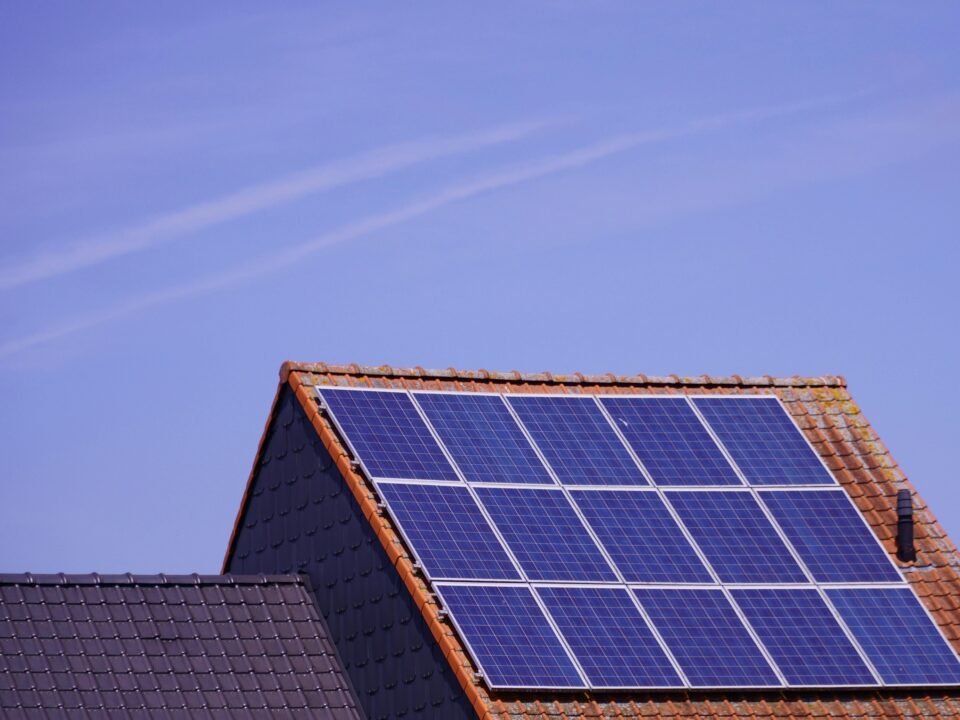As the world confronts climate change, rising energy demands, and the limitations of fossil fuels, the spotlight is turning toward new power sources that promise cleaner, more sustainable alternatives. These emerging technologies are redefining the future of energy—transforming everything from how we power our homes to how we fuel transportation and industry. In this article, we take a deep dive into the most exciting new power sources on the horizon.
Why the World Needs New Power Sources
The global energy landscape is changing rapidly. Fossil fuels, while still dominant, are increasingly viewed as unsustainable due to their environmental impact and finite availability. This has accelerated global efforts to develop new power sources that are renewable, scalable, and efficient.
Nations are setting ambitious carbon neutrality goals, and industries are investing billions in alternative energy technologies. The push for new power sources isn’t just about reducing emissions—it’s about building a resilient, decentralized energy infrastructure that can meet the needs of a growing population.
Solar Energy: Shining Brighter Than Ever
Solar power remains one of the most popular new power sources, but the technology behind it is evolving fast. Traditional photovoltaic panels are being replaced—or enhanced—by innovative materials and designs.
Perovskite Solar Cells
One of the most promising developments is perovskite solar cells, which are lightweight, cheaper to produce, and potentially more efficient than silicon-based panels. These could accelerate the adoption of solar as a primary energy source.
Solar Paint & Transparent Panels
Imagine every surface around you generating electricity. With solar paint and transparent solar panels, this vision is becoming reality. These innovations turn walls, windows, and vehicles into energy-generating systems, expanding the potential of solar as a top contender among new power sources.
Wind Energy: Next-Gen Solutions
Wind energy is another major player among new power sources, especially with technological advancements expanding where and how it can be used.
Floating Wind Turbines
Unlike traditional fixed turbines, floating wind turbines can operate in deeper ocean waters, capturing stronger and more consistent winds. This opens up vast new areas for renewable energy development.
Airborne Wind Energy
By tapping into high-altitude winds using drones or tethered devices, airborne wind energy systems are creating more consistent energy output—pushing the boundaries of what’s possible with wind as one of the core new power sources.
Nuclear Fusion: The Game-Changer
No discussion of new power sources would be complete without mentioning nuclear fusion. Unlike nuclear fission, fusion is cleaner, safer, and uses abundant fuel sources like hydrogen.
Recent breakthroughs, including net energy gain in laboratory experiments, suggest that fusion may become commercially viable within the next few decades. If successful, fusion could deliver nearly limitless clean energy, revolutionizing the energy sector and standing out as one of the most transformative new power sources.
Geothermal and Tidal Energy: Untapped Potential
While solar and wind often take center stage, new power sources like geothermal and tidal energy offer enormous potential for consistent, low-emission electricity.
Enhanced Geothermal Systems
Enhanced geothermal systems (EGS) can be implemented in regions without natural geothermal activity by creating artificial underground heat reservoirs. This makes geothermal a more accessible energy solution globally.
Tidal and Wave Power
The predictability of ocean tides and waves makes tidal energy a reliable and sustainable option. As technology improves, tidal and wave systems could become vital components of the world’s portfolio of new power sources.
Hydrogen: The Versatile Energy Carrier
Hydrogen is not just a fuel—it’s an energy carrier with immense potential. Green hydrogen, produced through electrolysis powered by renewables, emits no carbon and can be used in vehicles, power plants, and industrial applications.
Its versatility makes hydrogen a strong ally in the transition to new power sources, especially in sectors where battery electrification is not feasible.
Energy Storage: Supporting the Shift
One of the biggest challenges with many new power sources, especially intermittent ones like solar and wind, is storage. The development of advanced battery systems, gravity storage, and other technologies is key to unlocking the full potential of renewable energy.
Without reliable storage, new power sources can’t effectively replace fossil fuels on a large scale. That’s why innovations in grid-scale batteries and alternative storage systems are so critical.
Conclusion: Powering the Future
From next-generation solar technologies to the promise of nuclear fusion, the world is entering a new era defined by clean, efficient, and scalable new power sources. These technologies are not just solving today’s energy problems—they are building a foundation for a sustainable future.
As infrastructure grows and innovations accelerate, the dream of a world powered entirely by new power sources is becoming more realistic every day. By investing in these breakthroughs now, we ensure a cleaner, more resilient energy landscape for generations to come.



